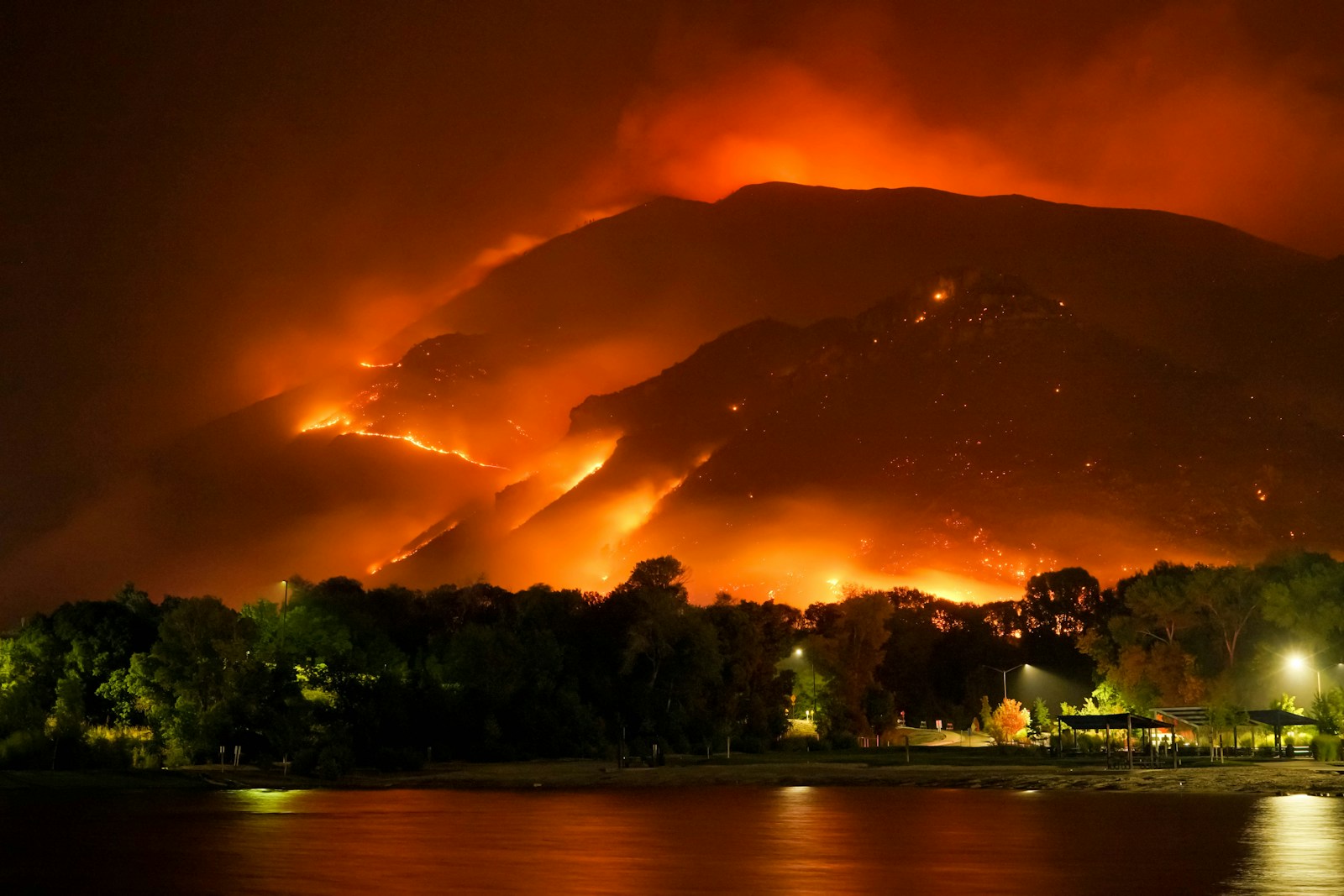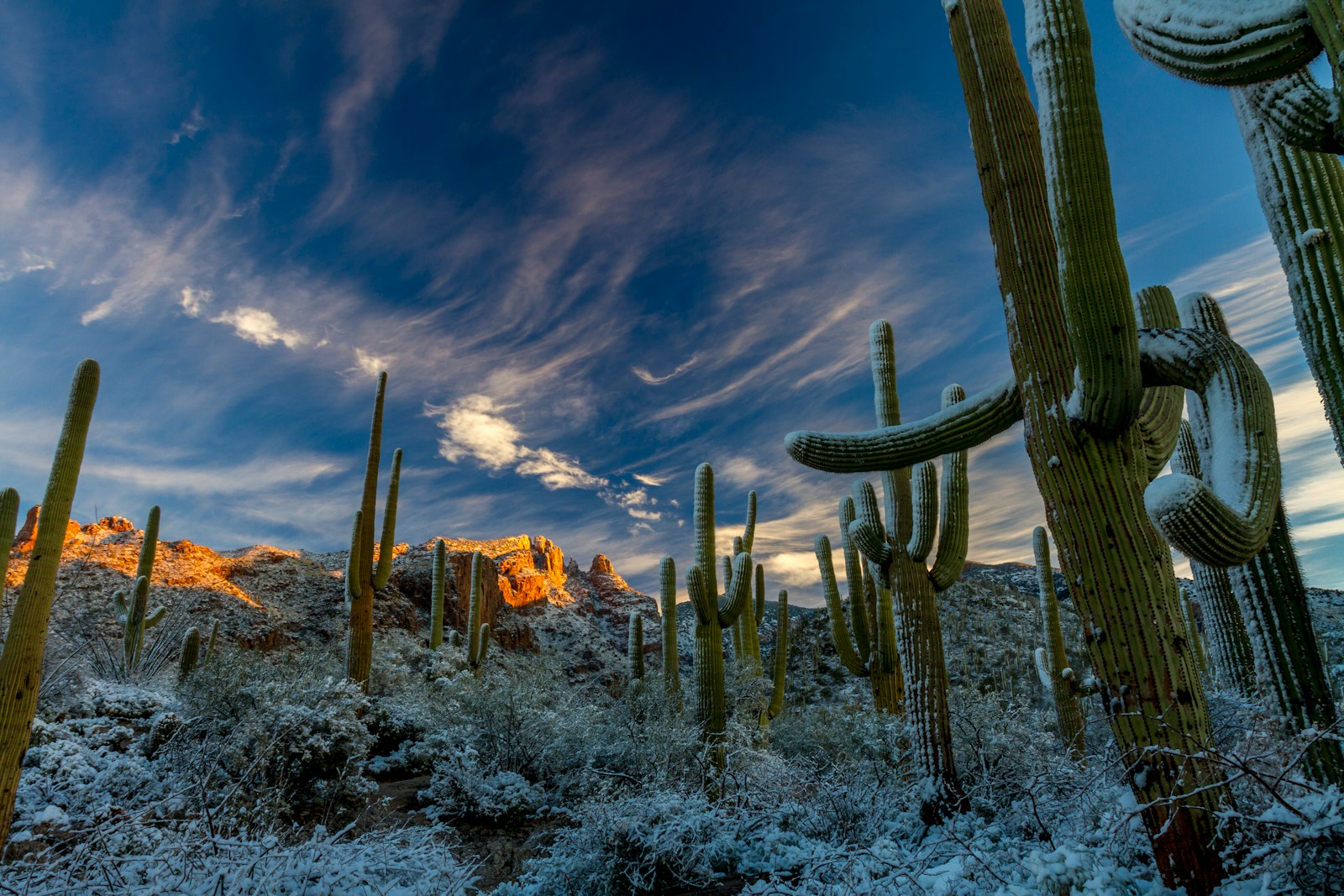Wildfires have become an increasingly devastating reality, especially in regions like California, where the combination of drought, high temperatures, and strong winds creates the perfect conditions for these disasters. The recent California wildfires, including the Hughes, Palisades, and Eaton fires, have left communities grappling with loss and destruction. As rain finally arrives, offering hope for fire containment and recovery, the focus shifts to rebuilding—not just structures, but lives, ecosystems, and a sustainable future.
This article explores how to rebuild after wildfires in a way that prioritizes sustainability, reduces environmental impact, and fosters resilience for the future. Whether you’re directly affected or looking to support recovery efforts, these actionable steps and insights can guide you toward meaningful, eco-friendly solutions.
Table of Contents
ToggleUnderstanding the Impact of Wildfires
The Immediate Aftermath
Wildfires leave behind a trail of destruction, from charred landscapes to destroyed homes and infrastructure. The recent California wildfires burned tens of thousands of acres, displacing thousands of residents and devastating ecosystems. While rain can aid firefighting efforts, it also brings risks like mudslides and flooding, especially in areas with burn scars.
Long-Term Environmental Consequences
Beyond the immediate damage, wildfires have long-term environmental impacts. They release massive amounts of carbon dioxide, contributing to climate change, and destroy habitats, threatening biodiversity. The loss of vegetation also increases the risk of soil erosion and water contamination.
Rebuilding sustainably isn’t just about restoring what was lost—it’s about creating systems that are better equipped to handle future challenges.
Steps to Rebuild Sustainably After Wildfires
1. Assess the Damage and Plan Carefully
Before jumping into reconstruction, it’s crucial to assess the damage thoroughly. Work with local authorities and experts to evaluate the safety of the area, especially if there’s a risk of mudslides or flooding.
- Use Burn Maps: Tools like the U.S. Geological Survey’s burn maps can help identify high-risk areas.
- Consult Experts: Engage architects, engineers, and environmental consultants to create a rebuilding plan that incorporates sustainable practices.
2. Prioritize Eco-Friendly Building Materials
When rebuilding homes and infrastructure, opt for materials that are durable, fire-resistant, and environmentally friendly.
- Fire-Resistant Materials: Use non-combustible materials like metal roofing, stone, and concrete.
- Sustainable Options: Consider reclaimed wood, recycled steel, and low-VOC (volatile organic compound) paints to reduce environmental impact.
- Insulation: Invest in high-quality insulation to improve energy efficiency and reduce long-term carbon footprints.
3. Incorporate Renewable Energy Solutions
Rebuilding offers an opportunity to integrate renewable energy systems, reducing reliance on fossil fuels and enhancing resilience.
- Solar Panels: Install solar panels to generate clean energy and reduce electricity costs.
- Battery Storage: Pair solar systems with battery storage to ensure power during outages.
- Energy-Efficient Appliances: Choose appliances with high energy efficiency ratings to minimize energy consumption.
4. Restore Ecosystems and Prevent Future Fires
Rebuilding isn’t just about structures—it’s also about restoring the natural environment to prevent future disasters.
- Revegetation: Plant native, fire-resistant vegetation to stabilize soil and reduce erosion.
- Controlled Burns: Work with local agencies to implement controlled burns, which can reduce fuel for future wildfires.
- Water Management: Create rain gardens and swales to manage stormwater and reduce flooding risks.
5. Support Community Resilience
Rebuilding sustainably requires a collective effort. Engage with your community to create a shared vision for recovery.
- Community Gardens: Establish community gardens to promote local food production and green spaces.
- Education Programs: Offer workshops on fire safety, sustainable living, and disaster preparedness.
- Mutual Aid Networks: Build networks to share resources and support vulnerable community members.
Addressing Common Concerns
How Can I Protect My Property from Future Wildfires?
- Create Defensible Space: Clear vegetation and debris within 30-100 feet of your home to reduce fire risk.
- Install Ember-Resistant Vents: Use vents designed to prevent embers from entering your home.
- Regular Maintenance: Keep gutters clean and trim trees regularly to minimize fire hazards.
What Should I Do If My Home Was Destroyed?
- Contact Insurance: Reach out to your insurance provider to start the claims process.
- Seek Assistance: Explore federal and state disaster relief programs, as well as nonprofit organizations offering aid.
- Plan for the Future: Use this opportunity to rebuild with sustainability and resilience in mind.
How Can I Help Wildfire-Affected Communities?
- Donate Wisely: Prioritize monetary donations to reputable organizations like the American Red Cross or local nonprofits.
- Volunteer: Offer your time and skills to support recovery efforts.
- Advocate: Push for policies that address climate change and promote sustainable land management.
Conclusion: Building a Sustainable Future
Rebuilding after wildfires is a daunting task, but it’s also an opportunity to create a more sustainable and resilient future. By prioritizing eco-friendly practices, restoring ecosystems, and fostering community resilience, we can not only recover from disasters but also reduce the risk of future ones.
As climate change continues to intensify wildfires, it’s more important than ever to take proactive steps toward sustainability. Whether you’re rebuilding your home, supporting recovery efforts, or advocating for change, every action counts.
For more tips on living sustainably and supporting environmental recovery, visit our blog regularly. Together, we can build a future that’s stronger, greener, and more resilient.







